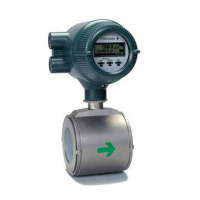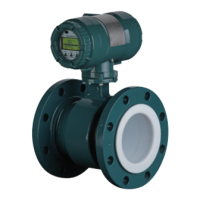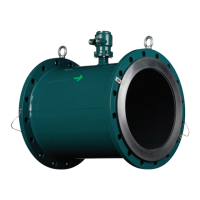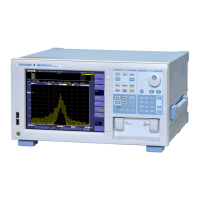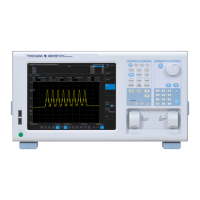<11. MAINTENANCE>
11-12
IM 01E30D01-01EN
11.7.3 Disagreement Between Indication and Actual Flow
NO
NO
NO
YES
NO
NO
YES
YES
YES
NO
YES
NO
NO
YES
Set the parameters correctly.
Examine the condition of the fluid in the
flowtube, of bubbles, and of grounding.
Execute zero adjustment when the
flowtube is filled completely with fluid and
when the fluid is not moving.
● Change the mounting position or piping
so that the flowtube is
completely filled with fluid.
● Switch to vertical mounting.
Install a defoaming device on the
flowtube’s upstream side.
Completely ground the flowmeter
(Read Section 4.4.)
Use within the specified conductivity range.
Confirm that a valve is located
immediately upstream of the flowtube
(i.e., on the upstream side).
● Remove scales. Especially clean the
electrodes and their vincinity.
● Use a soft brush or cloth to perform
scale removal, and make sure that the
lining is not damaged.
YES
● If any valve located immediately
upstream of the flowtube is used in a
half-open condition, the indication may
be affected by turbulence in the flow.
● Relocate the valve to the downstream
side.
● If the valve must be located on the
upstream side, ensure that the minimum
distance to the flowmeter is 10 times
the flow-tube diameter; alternatively,
use the valve fully open.
START
Are parameters
set correctly?
Is the tube
filled completely with
fluid?
Is the
flowmeter completely
grounded?
Is the
fluid likely to contain
deposits?
Is a valve
located immediately upstream
of the flowtube?
Examine the operation of the converter
using an AM012 calibrator in order to
determine whether the fault lies in the
converter or in the flowtube.
Contact a service center.
Was zero
adjustment carried out
correctly?
Does the fluid
contain bubbles?
YES
Does the
conductivity stay within the
specified range?
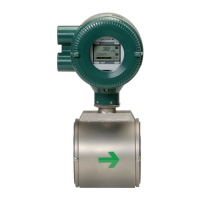
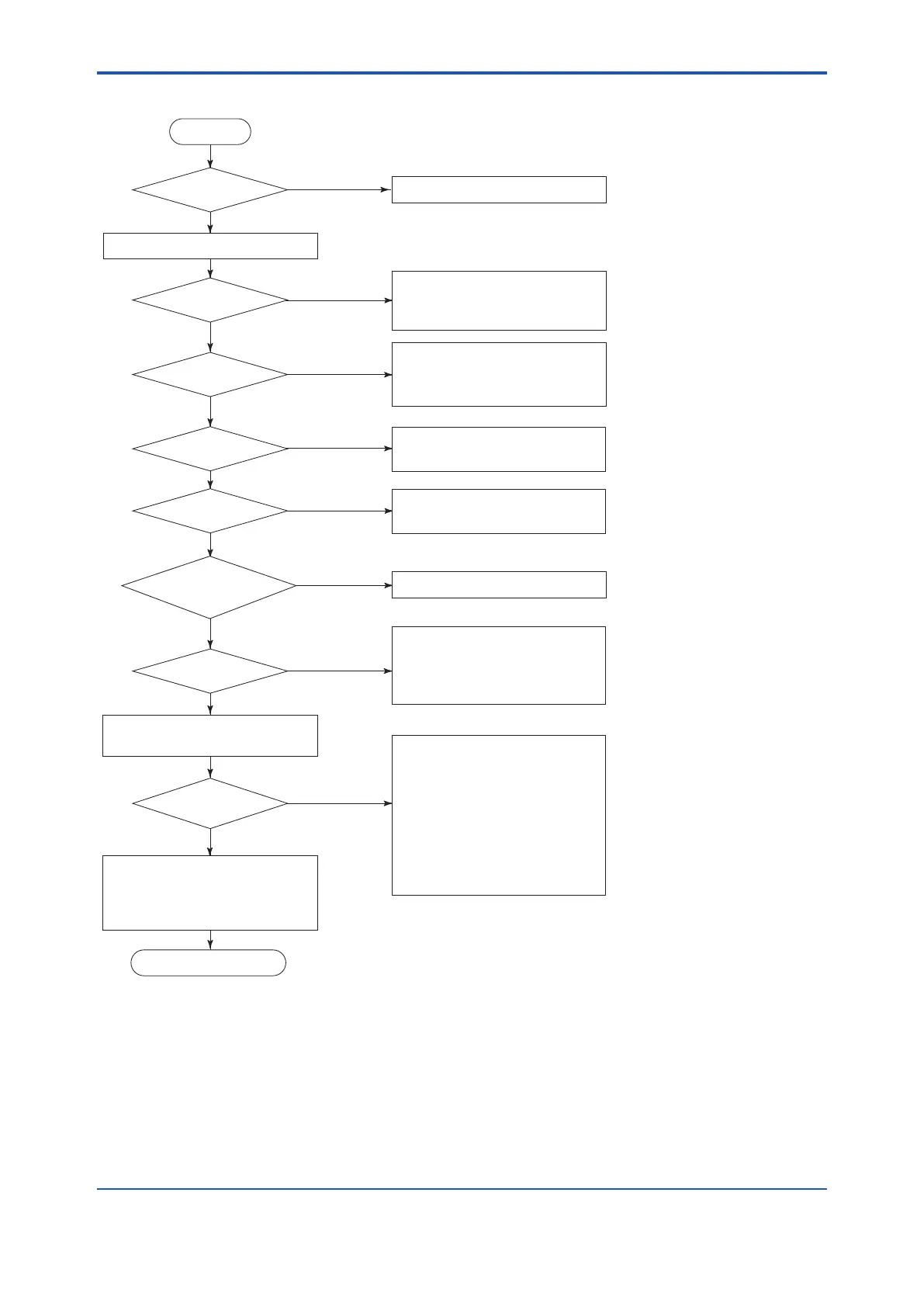